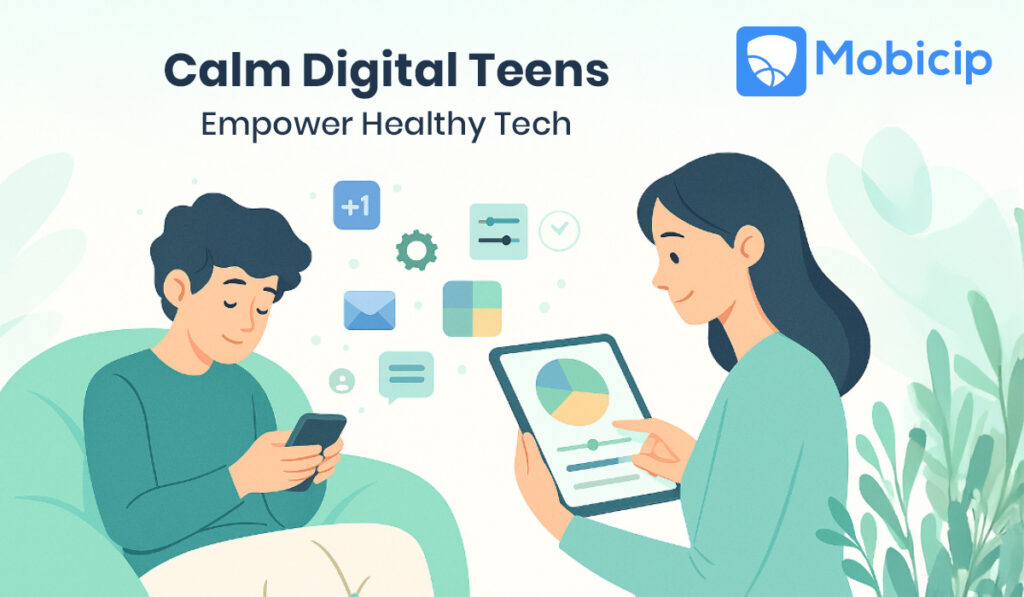The Rise of Kid-Friendly Smart Devices: How to Keep Them Safe
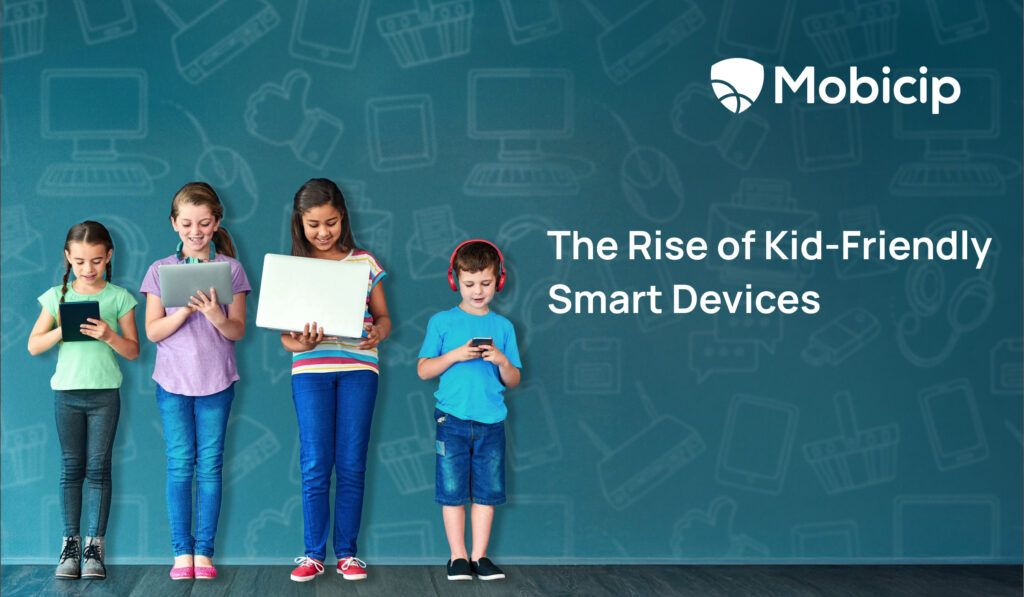
Children today are growing up in a world where digital devices are as common as toys. Tablets, smartphones, smartwatches, and even smart speakers designed specifically for young users are becoming household staples.
What began as simple educational toys has evolved into internet-connected, AI-driven smart devices offering learning, entertainment, and communication tools.
However, while the benefits are clear, so are the dangers. Exposure to inappropriate content, privacy breaches, and addiction risks are growing concerns. Fortunately, trusted solutions like Mobicip help parents navigate these challenges and protect their children’s digital lives.
The Rise of Kid-Friendly Smart Devices
The evolution of smart devices for children has been rapid and transformational.
In the early 2000s, educational toys like the LeapFrog LeapPad gave children a taste of interactive learning. Today, devices like the Amazon Fire HD Kids Edition and the Gabb Phone Plus offer children access to the internet, social apps, games, and educational resources.
Real-world example:
- In 2022, Amazon reported that their Kids Edition tablets accounted for 25% of their tablet sales, demonstrating a massive demand for kid-centric technology.
Why the Surge in Demand?
-
Remote learning during the pandemic made digital devices essential for schoolwork.
-
Busy parents rely on technology to keep children entertained safely.
-
Social connectivity is increasingly important for kids growing up in the digital era.
Many manufacturers now design kid-friendly devices with features like:
-
Pre-installed parental controls (e.g., YouTube Kids)
-
GPS tracking (e.g., Verizon’s GizmoWatch)
-
Kid-safe browsers (e.g., Kiddle or Mobicip’s Safe Browser)
“Smart devices for children are now educational lifelines and social tools, not just entertainment,” notes Dr. David Anderson, psychologist at the Child Mind Institute.
Benefits of Kid-Friendly Smart Devices
Despite the risks, the upsides of smart devices for kids are substantial.
Educational Advantages
Educational apps and online tools turn devices into powerful learning platforms.
Apps like ABCmouse, Khan Academy Kids, and Prodigy allow children to master reading, math, and science skills at their own pace.
During the 2020 pandemic, Epic!, an educational reading app for kids, reported over 50 million children reading through their platform, showcasing how critical smart devices became for learning continuity.
Entertainment
Safe entertainment platforms like YouTube Kids, PBS Kids, and Netflix Kids offer curated shows, educational videos, and games. These programs help children relax, explore creativity, and develop emotional intelligence.
Connectivity
Devices keep children connected to family and friends.
GPS-enabled smartwatches, for example, allow real-time tracking and two-way communication, ideal for working parents who want peace of mind.
A news story featured a 9-year-old boy from Utah using his GizmoWatch smartwatch to escape kidnapper
Risks and Challenges
However, without proper safeguards, smart devices can expose children to significant dangers.
Exposure to Inappropriate Content
Even kid-friendly platforms sometimes fail. In 2022, YouTube Kids faced criticism when a few inappropriate videos slipped through its filters, sparking widespread parental concern.
Privacy Concerns
Apps often collect user data. A 2021 International Digital Accountability Council (IDAC) report found that 79% of apps targeted at children shared or leaked data to third parties.
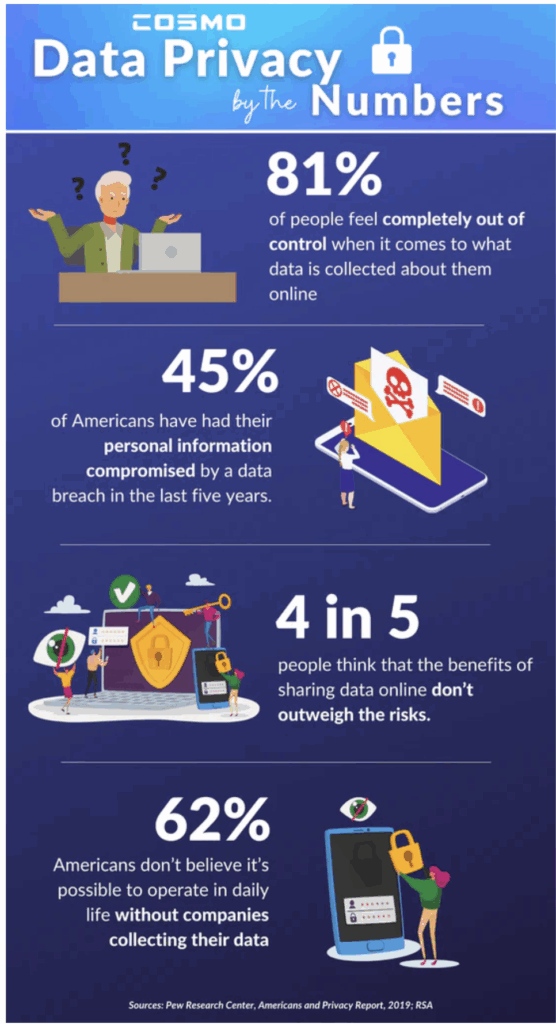
From cosmotogether
Real-world case: TikTok was fined $5.7 million by the FTC for violating children’s privacy laws by collecting data from underage users without parental consent.
“Children’s data is the new goldmine. Protecting their digital footprint must be a top priority,” warns Eva Galperin, cybersecurity expert at the Electronic Frontier Foundation.
Excessive Screen Time on Kid-friendly Smart Devices
Too much device usage can harm a child’s physical and emotional health. The Issues include:
- Eye strain (computer vision syndrome)
- Sleep disruption
- Obesity
- Anxiety and depression
How to Keep Kid-Friendly Smart Devices Safe
Certain proactive measures can minimize risks.
Set Up Robust Parental Controls
Using a parental control app like Mobicip is essential.
Mobicip allows parents to:
- Set screen time schedules (bedtimes, school hours)
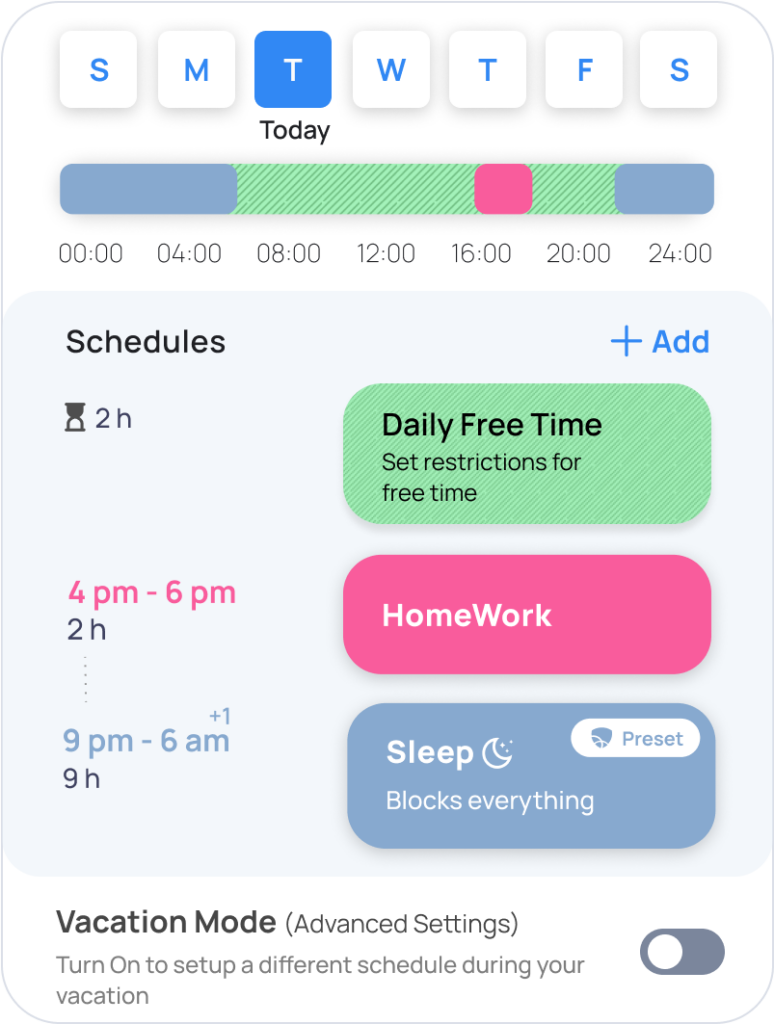
- Block mature websites and apps
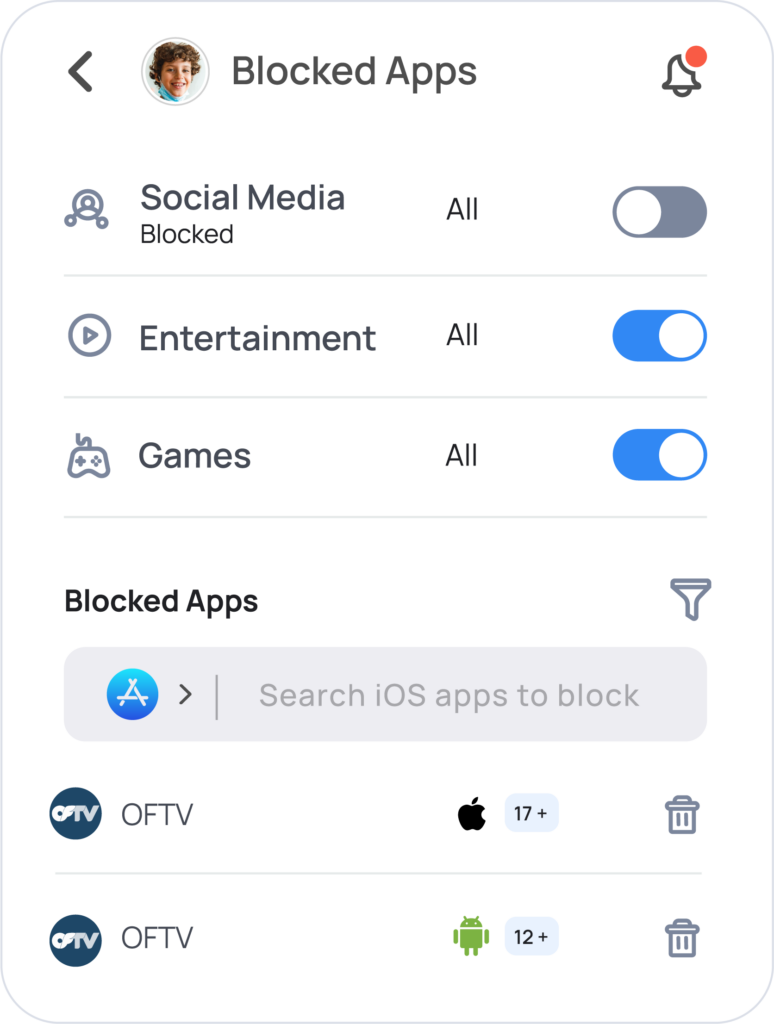
- Track device location with GPS

- View activity reports
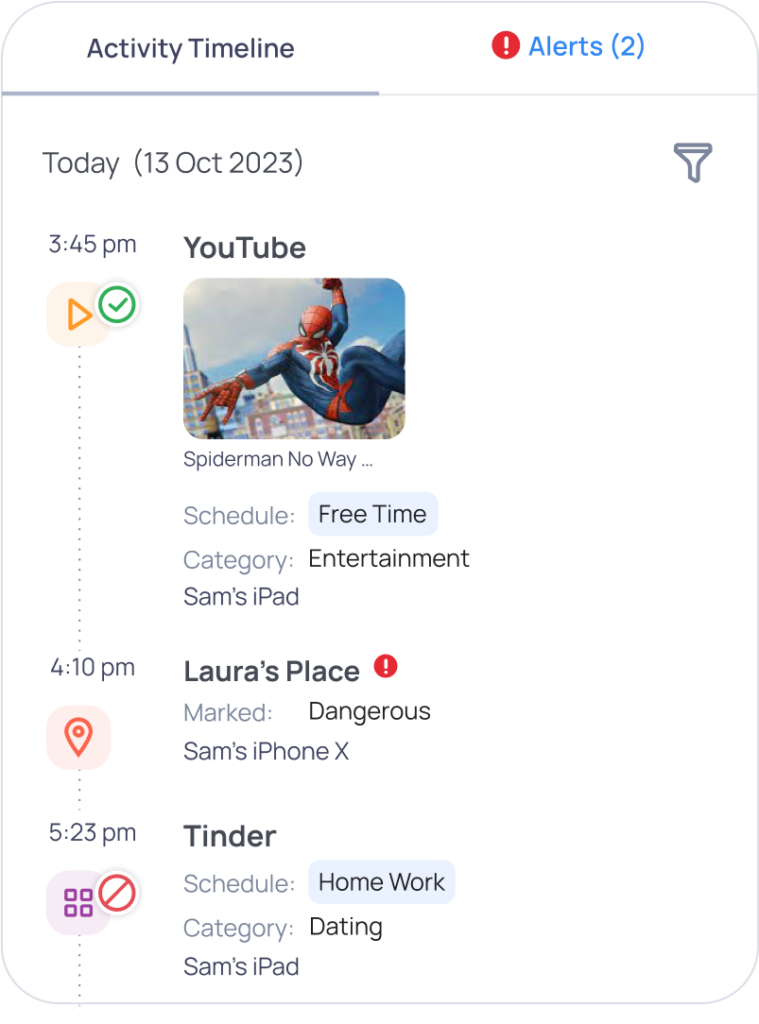
Educate Children About Online Safety
Children need digital literacy just as much as device restrictions.
Teach them:
- Never to share personal information
- How to recognize phishing scams
- To alert an adult if they feel uncomfortable
Regularly Update Kid-Friendly Smart Devices and Apps
Hackers often exploit outdated software.
Always install the latest patches to protect against vulnerabilities.
In 2023, a security flaw in outdated versions of Messenger Kids could have allowed strangers to communicate with children. Facebook patched the flaw after parental reports.
Use Strong Passwords and Two-Factor Authentication (2FA)
Basic but crucial. Enable 2FA for app stores, device logins, and social media accounts to block unauthorized access.
Monitor Kid-Friendly Smart Device Usage
Parents should regularly check:
- App downloads
- Browsing history
- Usage patterns
Mobicip’s comprehensive reports make this simple, offering a clear dashboard overview of all digital activities.
Future Trends in Kid-Friendly Smart Devices
The landscape of children’s technology is constantly changing.
AI-Driven Parental Controls
Next-gen apps will use AI to:
- Analyze usage patterns
- Adapt restrictions based on behavior
- Predict potential threats in real time
Mobicip is already integrating AI-based filtering to anticipate emerging risks.
Smart Wearables
Expect smarter kid gadgets like watches with fitness tracking, smart rings for children’s health monitoring, and even smart shoes with GPS.
AngelSense released a GPS tracker worn on clothing that alerts parents if their child leaves a designated safe zone especially helpful for children with autism.
From pcworld
Augmented Reality (AR) Learning
Apps using AR will revolutionize education. Kids will soon “walk through” the solar system or “handle” virtual science experiments safely at home.
From Medium
Conclusion
Kid-friendly smart devices bring undeniable educational, social, and entertainment benefits. However, the digital world remains fraught with hidden risks from inappropriate content to cybersecurity threats.
Balancing benefits with protection is crucial.
Parents need to:
-
Use robust parental controls like Mobicip
-
Stay informed about emerging threats
-
Educate their children about online safety
-
Stay involved by monitoring device usage and encouraging open communication

“Empower your kids to use technology wisely, but always give them the shield they need to stay safe,” advises Dr. Alicia Blum-Ross, a digital parenting researcher at LSE.
In today’s interconnected world, safeguarding children online isn’t optional, it’s essential. With the right strategies and trusted tools, kids can enjoy all the wonderful opportunities smart devices offer safely and securely.



